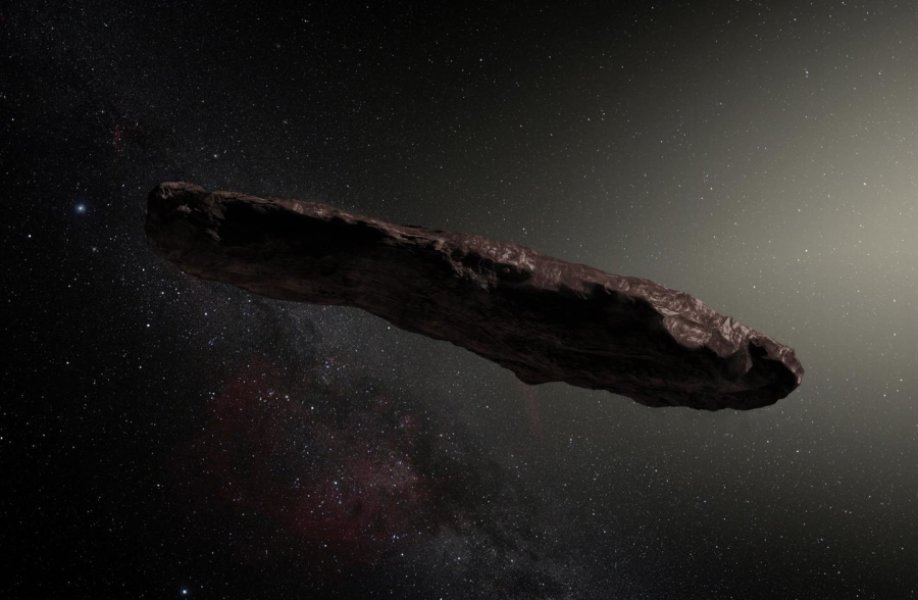New research finds that ‘Oumuamua, the rocky object identified as the first confirmed interstellar asteroid, very likely came from a binary star system, according to Science Daily.
“It’s remarkable that we’ve now seen for the first time a physical object from outside our Solar System,” says lead author Dr Alan Jackson.
A binary star system, unlike our Sun, is one with two stars orbiting a common centre.
For the new study, Jackson and his co-authors set about testing how efficient binary star systems are at ejecting objects. They also looked at how common these star systems are in the Galaxy.
They found that rocky objects like ‘Oumuamua are far more likely to come from binary than single star systems. They were also able to determine that rocky objects are ejected from binary systems in comparable numbers to icy objects.
“It’s really odd that the first object we would see from outside our system would be an asteroid, because a comet would be a lot easier to spot and the Solar System ejects many more comets than asteroids,” says Jackson, who specializes in planet and solar system formation.
Once they determined that binary systems are very efficient at ejecting rocky objects, and that a sufficient number of them exist, they were satisfied that ‘Oumuamua very likely came from a binary system. They also concluded that it probably came from a system with a relatively hot, high mass star since such a system would have a greater number of rocky objects closer in.
The team suggests that the asteroid was very likely to have been ejected from its binary system sometime during the formation of planets.
‘Oumuamua, was first spotted on 19 October 2017. With a radius of 200 metres and travelling at a blistering speed of 30 kilometres per second, at its closest it was about 33,000,000 km from Earth.
When it was first discovered researchers initially assumed the object was a comet, one of countless icy objects that release gas when they warm up on approaching the Sun. But it didn’t show any comet-like activity as it neared the Sun, and was quickly reclassified as an asteroid, meaning it was rocky.
Researchers were also fairly sure it was from outside our Solar System, based on its trajectory and speed. An eccentricity of 1.2 — which classifies its path as an open-ended hyperbolic orbit — and such a high speed meant it was not bound by the gravity of the Sun.
In fact, as Jackson points out, ‘Oumuamua’s orbit has the highest eccentricity ever observed in an object passing through our Solar System.
Major questions about ‘Oumuamua remain. For planetary scientists like Jackson, being able to observe objects like these may yield important clues about how planet formation works in other star systems.
“The same way we use comets to better understand planet formation in our own Solar System, maybe this curious object can tell us more about how planets form in other systems.”
N.H.Kh

